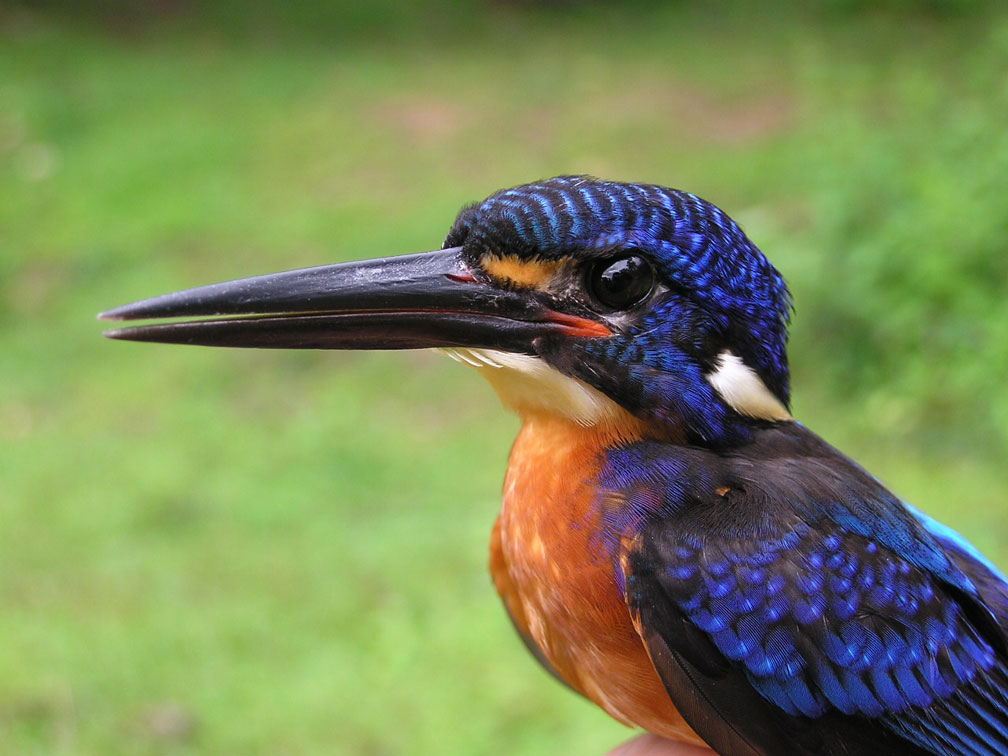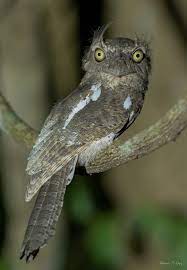El Nido‘s Bird Sanctuary, located in Palawan, Philippines, is a haven for birdwatchers and nature enthusiasts. The place is known for its diverse avian species and the opportunity to observe these birds in their natural habitat. Get help identifying any bird species here.

Sanctuary Birds
Here’s a detailed list of El Nido’s Bird Sanctuary, highlighting key features and considerations for birdwatchers:
1. Location:
- Sitio Sabang, Barangay New Ibajay, El Nido:
- This place is situated in a coastal area, encompassing mangrove forests and limestone cliffs.
2. Mangrove Ecosystem:
- Rich Biodiversity:
- The sanctuary is primarily a mangrove ecosystem, providing a crucial habitat for various bird species, especially those dependent on coastal and mangrove environments.
3. Bird Species:
- Diverse Avian Population:
- El Nido’s Bird Sanctuary is home to a wide variety of bird species, including kingfishers, herons, egrets, swiftlets, and other migratory and resident birds.
4. Birdwatching Activities:
- Guided Tours:
- Visitors can explore the sanctuary through guided tours led by knowledgeable local guides who are familiar with the bird species and their habitats.
- Birdwatching Platforms:
- The sanctuary may have elevated platforms or boardwalks strategically placed for birdwatchers to observe the birds without disturbing their natural behavior.
5. Best Times for Birdwatching:
- Morning and Late Afternoon:
- Birdwatching is often most rewarding during the early morning and late afternoon when birds are active. The sanctuary’s peaceful setting during these times enhances the birdwatching experience.
6. Migratory Birds:
- Seasonal Visitors:
- The sanctuary may host migratory birds during certain seasons, providing opportunities for birdwatchers to observe different species during specific times of the year.
7. Educational Programs:
- Awareness and Conservation:
- Some bird sanctuaries offer educational programs to raise awareness about the importance of bird conservation and the role of mangrove ecosystems in supporting avian biodiversity.
8. Community Involvement:
- Local Initiatives:
- The Bird Sanctuary may be part of community-led conservation efforts, with locals actively involved in protecting the area and its birdlife.
9. Responsible Tourism Practices:
- Guidelines for Visitors:
- Birdwatchers are encouraged to follow responsible tourism practices, including staying on designated paths, minimizing noise, and respecting the natural environment to avoid disturbing the birds.
10. Scenic Landscape:
- Mangrove Scenery:
- In addition to birdwatching, visitors can appreciate the scenic beauty of the mangrove landscape, with its intertwining roots, water channels, and limestone formations.
Tips for Birdwatchers:
- Binoculars and Cameras: Bring binoculars and cameras with zoom lenses to get a closer look at the birds without disturbing them.
- Comfortable Attire: Wear comfortable and neutral-colored clothing to blend into the natural surroundings and minimize disturbance to the birds.
- Local Guides: Engage with local guides who have knowledge of the area and the behavior of the birds.
- Quiet Observation: Practice quiet observation to minimize disturbance and allow for a more authentic birdwatching experience.

Before planning a visit to El Nido’s Bird Sanctuary, it’s recommended to check for any updated information, tour availability, and guidelines provided by local authorities. As the sanctuary is a natural habitat, maintaining a respectful and low-impact approach is essential for the well-being of the birds and the preservation of the ecosystem.



